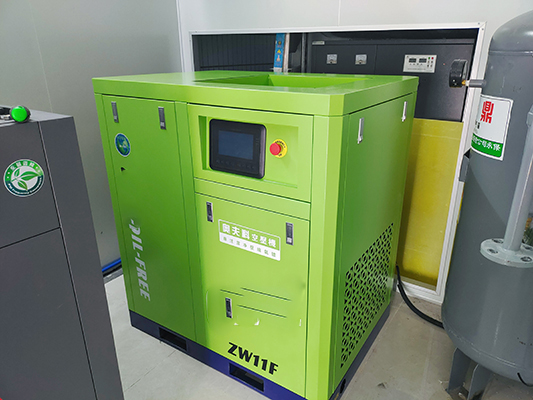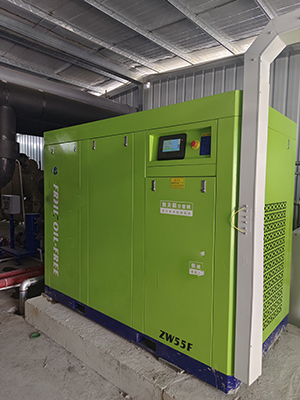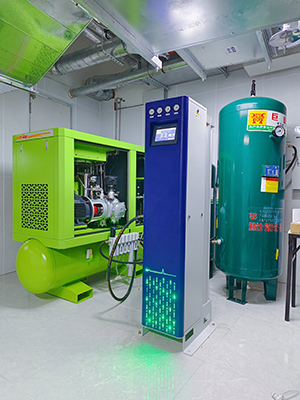Rotary Screw Air Compressor Shutdown Process Guidelines
News 2025-10-24
Rotary screw air compressors play a vital role in industrial operations, delivering compressed air for tasks in manufacturing, construction, and energy sectors. Proper shutdown procedures are essential to protect equipment integrity and ensure worker safety, as improper handling can cause mechanical failures or efficiency losses. In high-demand environments like automotive plants or food processing facilities, adhering to these guidelines helps maintain consistent performance and extends compressor lifespan, reducing downtime and operational costs.

Preliminary Safety Checks
Before shutting down the compressor, conduct thorough safety assessments to avoid risks. Start by monitoring system pressure and temperature to ensure they are within safe ranges, preventing potential explosions or damage from residual energy. Inspect for any leaks, unusual sounds, or overheating indicators that could signal underlying issues. In industrial settings, this step is critical for protecting personnel and adjacent machinery, supporting seamless transitions during maintenance or shift changes.
Detailed Shutdown Sequence
The shutdown process involves a series of methodical steps to gradually halt operations. Begin by closing the inlet valve to stop air intake, followed by de-energizing the motor through the control panel. Allow the unit to cool naturally, monitoring temperature drops to avoid thermal stress. Finally, isolate the compressor from the air network by closing outlet valves. This approach minimizes wear on components, enhancing reliability in demanding applications like continuous manufacturing lines where frequent cycles occur.
Post-Shutdown Evaluation and Care
After shutdown, perform immediate evaluations to maintain long-term functionality. Check for oil levels, filter conditions, and any signs of corrosion or wear that could affect future performance. Document the shutdown process for record-keeping, aiding in predictive maintenance strategies. In sectors such as mining or pharmaceuticals, this phase ensures compliance with industry standards, promoting energy efficiency and reducing the likelihood of unexpected failures during subsequent startups.


